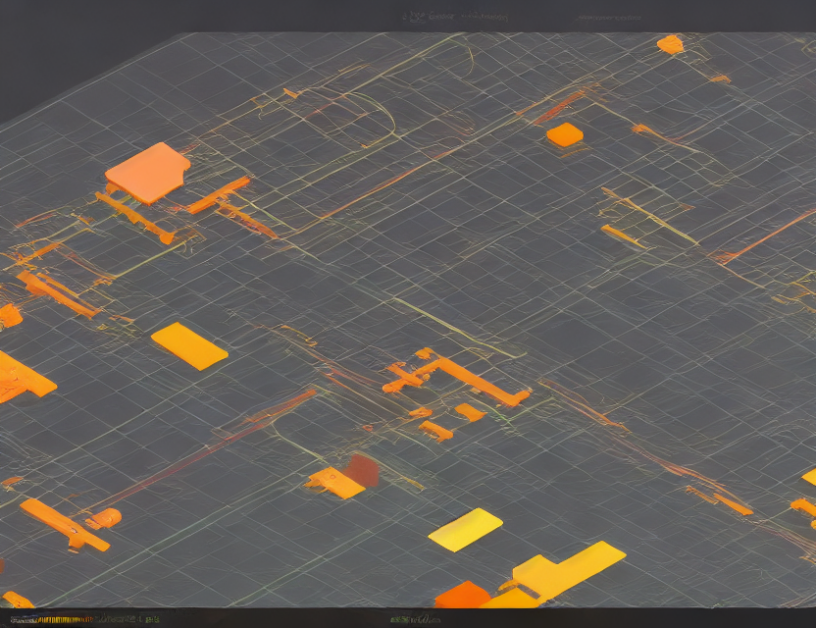In this article, we delve into the realm of information theory and explore a crucial concept called the rate-distortion function. This function is at the heart of source coding, which is essential in transmitting information over noisy channels. The main objective is to find the optimal balance between the amount of information transmitted (rate) and its quality (distortion). We discuss how this function is defined and computed for robust sources, where the goal is to guarantee a certain level of reliability or fidelity to the original message.
Section 1: Introduction
Imagine you’re packing a suitcase for a trip. You want to make sure your clothes are well-protected from wrinkles and creases, so you carefully fold them and wrap them in tissue paper. But, you also don’t want to overpack, as this will add unnecessary bulk to your luggage. The rate-distortion function is like a magic formula that helps you find the perfect balance between these two competing goals.
Section 2: Definition and Computation of Rate-Distortion Function
The rate-distortion function is defined as the solution to an optimization problem. Think of it as finding the optimal amount of information to transmit (rate) that will result in the desired level of quality (distortion). In other words, how much data do you need to send to preserve the original message’s content with a certain level of accuracy?
Section 3: Properties of Rate-Distortion Function
The rate-distortion function has some interesting properties. For instance, it can be discontinuous, meaning that small changes in the transmission rate can lead to drastic changes in the distortion. This is similar to how a tiny alteration in your packing strategy can cause significant wrinkles or creases in your clothes.
Section 4: Applications of Rate-Distortion Function
The rate-distortion function has far-reaching implications in information theory and beyond. It plays a crucial role in lossy compression algorithms, where the goal is to reduce the amount of data without sacrificing essential information. Think of it like compressing a large image file without losing its essential details.
Section 5: Conclusion
In conclusion, the rate-distortion function is a powerful tool in source coding and has significant implications in various fields. By understanding this magical formula, we can better design and optimize information transmission systems to ensure that our messages are delivered accurately and efficiently. So, pack your bags wisely, and remember, the right balance between rate and distortion is key to a successful trip!



